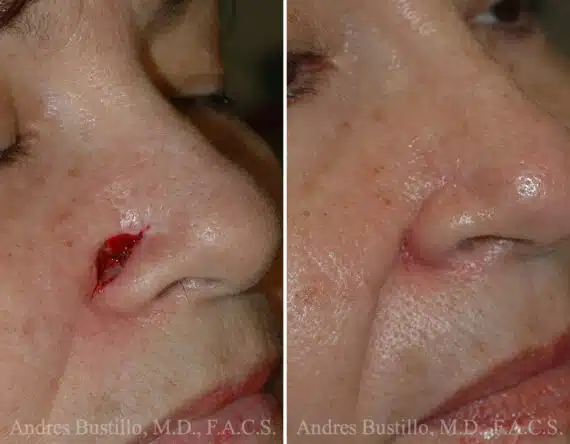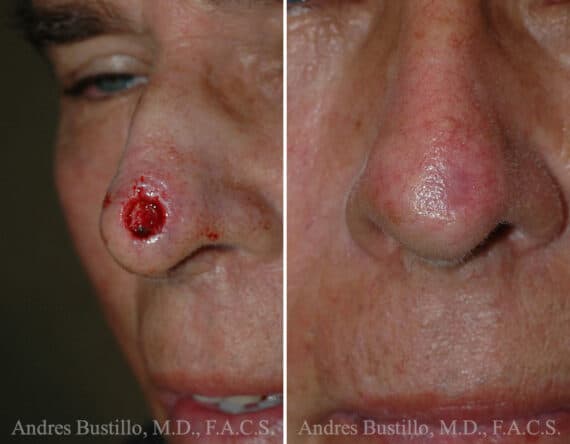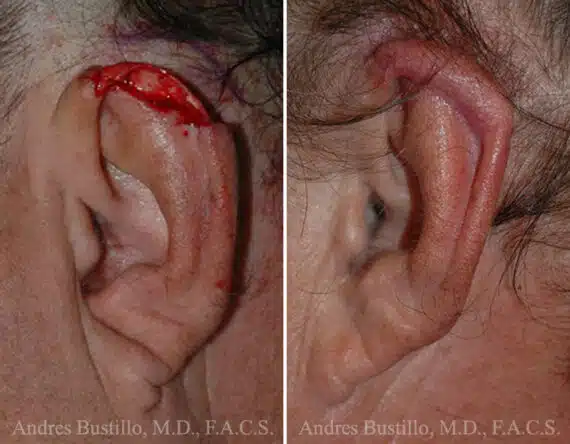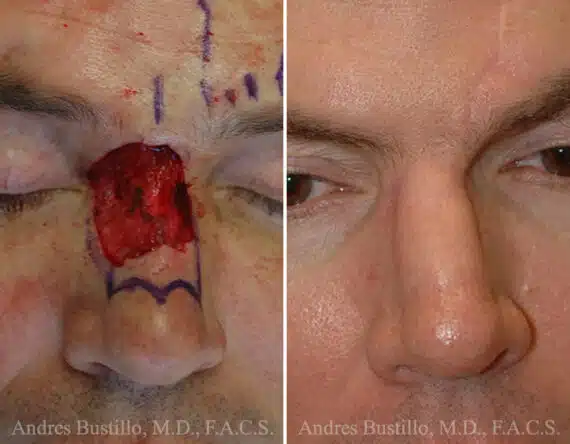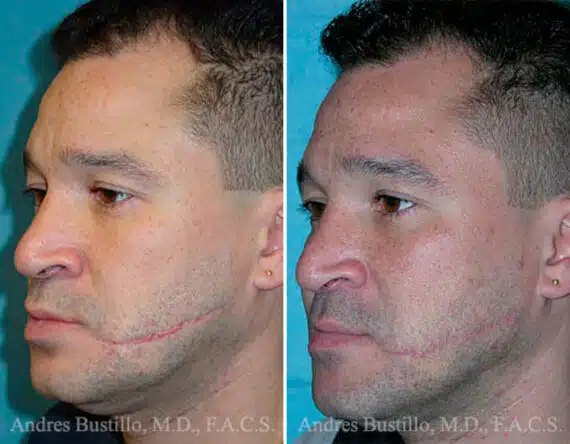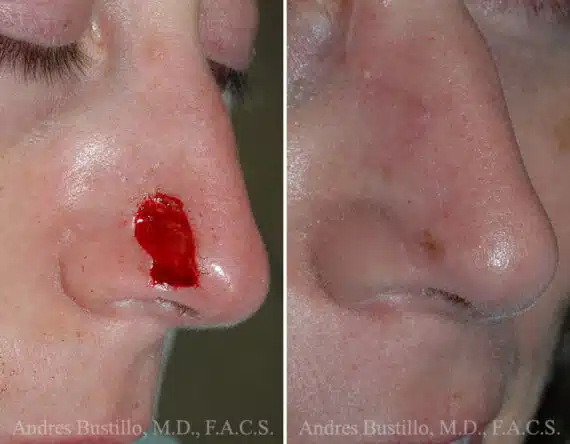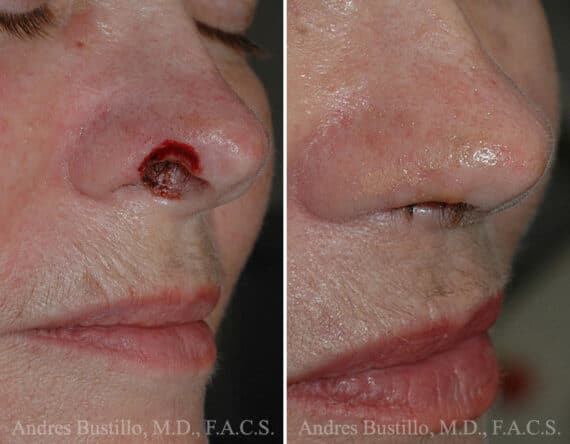Reclaim Confidence with Facial Reconstructive Surgery Benefits
Facial Reconstructive Surgery is a profound journey towards restoration and renewal. It’s not just about aesthetic enhancement; it’s about reclaiming identity and functionality after trauma or congenital anomalies. This specialized surgery blends art and medicine to rebuild facial features, offering patients a chance to regain normalcy and confidence in their appearance.
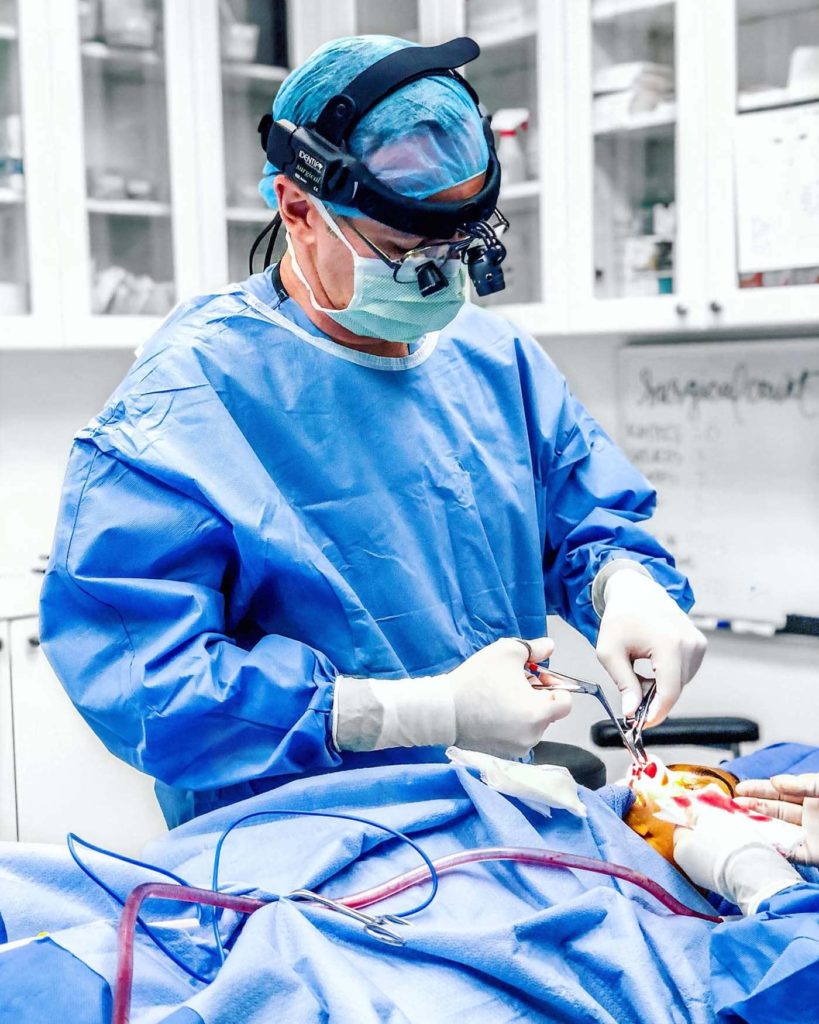
The Facial Reconstruction Procedure
There are many reasons why a person might need facial reconstruction surgery. For example, scar revision and surgery for craniomaxillofacial abnormalities improve body function to create a more normal appearance. Having a developmental abnormality, traumatic injury, or disease can be devastating and even more challenging when your physical appearance is affected.
Facial Reconstruction Surgery is often life-changing and is customized to suit your specific needs. It was designed to renew and restore your appearance and provide naturally beautiful results. Like cosmetic surgery, reconstructive treatments can improve your self-esteem and help you feel more comfortable in your own skin.
Many patients suffer from unsightly scars. These may be due to facial trauma, previous skin cancer, or unsatisfactory results from previous surgery. Dr. Bustillo uses the most up-to-date techniques to help disguise unsightly scars.

Patient Testimonials: Real Stories, Real Results
Why Undergo Facial Reconstructive Surgery?
Facial reconstruction surgery offers numerous advantages to patients. Firstly, it can restore a patient’s natural appearance that was lost due to trauma, injury, or disease. Secondly, the procedure can help improve self-esteem and confidence by giving the patient a more aesthetically pleasing face. Additionally, facial reconstruction can also improve the function of facial features such as eyes, nose, and mouth, as well as provide better airway access for those with breathing difficulties.
Reconstructive Surgery Before and After Photos
Each patient is unique and individual results may vary*.
Common Facial Reconstructive Surgeries
Each reconstructive procedure is different, as each patient’s situation is unique. However, there are certain types of reconstructive procedures that are the most common. Dr. Bustillo frequently performs the following types of procedures:
Scar Revision
Large scars can be unsightly and uncomfortable. A scar revision can reduce the severity and appearance of scars, boosting the patient’s confidence and comfort.
Treatment usually begins with surgical excision of the scar under local anesthesia or mild IV sedation. The area is then closed using specialized techniques, which help to camouflage and or redirect the scar in a direction that is more favorable and less noticeable.
Occasionally, the surgeon applies a resurfacing technique to the area approximately 6 weeks after the procedure to enhance the results. This is carried out in the office under local anesthesia and involves either dermabrasion or a chemical peel.

Facial Reconstructive Surgery Cost
The cost of facial reconstructive surgery varies widely based on the complexity of the procedure and the specific needs of the patient. Due to the individualized nature of these surgeries, a consultation is required to provide an accurate cost estimate. All potential costs will be discussed during your consultation with Dr. Bustillo to ensure a clear understanding of the financial commitment involved.
Questions about your procedure?
Schedule a consultation with Dr. Andres Bustillo.
Skin Cancer Reconstructive Surgery
Dr. Bustillo is an expert in the area of skin cancer treatment. Skin cancer often affects the face due to its constant exposure to the sun.
There are two main types of skin cancer. Non-melanoma skin cancer includes basal cell carcinoma and squamous cell carcinoma. The other main type is melanoma.
Non-melanoma skin cancer (basal or squamous cell carcinoma) is typically removed from the skin using a Mohs surgical technique. This is a specialized form of plastic surgery typically performed by a specially-trained dermatologist. After the Mohs surgery has removed the skin cancer, patients can see Dr. Bustillo for facial reconstruction surgery.

Dr. Bustillo uses different techniques to reconstruct the defect, depending on the size, shape, and location. They range from skin grafts to local skin flaps that may be used to camouflage the defect to help blend it into the surrounding structures.
Melanoma skin cancer is typically handled in a different manner. Because it is a more aggressive cancer, metastasis must be ruled out at the time of diagnosis.
Local metastasis may be assessed by local node mapping using radioisotopes. Distant metastasis is usually assessed using CT scans as well as PET scans. Once this has been done, Dr. Bustillo removes the lesion with margins and then reconstructs the defect using skin grafts or local flaps.
Related Articles
Why Choose plastic surgeon Dr. Bustillo?
Dr. Bustillo is known as a facial aesthetics authority in Miami. He is a double board-certified plastic surgeon with over 20 years in practice and understands how to bring out the best in his patients. He is known for offering natural-looking results from both surgical and non-invasive procedures, prompting his patients to come back again and again.
- Castle Connolly Top Doctor for more than 10 years
- American Board of Facial Plastic and Reconstructive Surgery
- American Board of Otolaryngology-Head and Neck Surgery
- Facial Plastic & Reconstructive Surgery Fellowship at The New York University
- Otolaryngology – Head & Neck Surgery Residency at The University of Miami, Jackson Memorial Hospital
- General Surgery Internship at The University of Miami, Jackson Memorial Hospital

